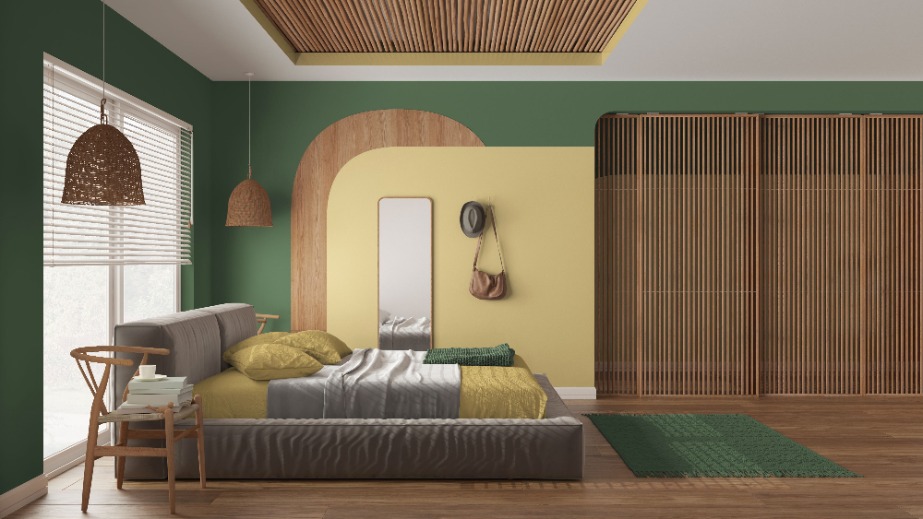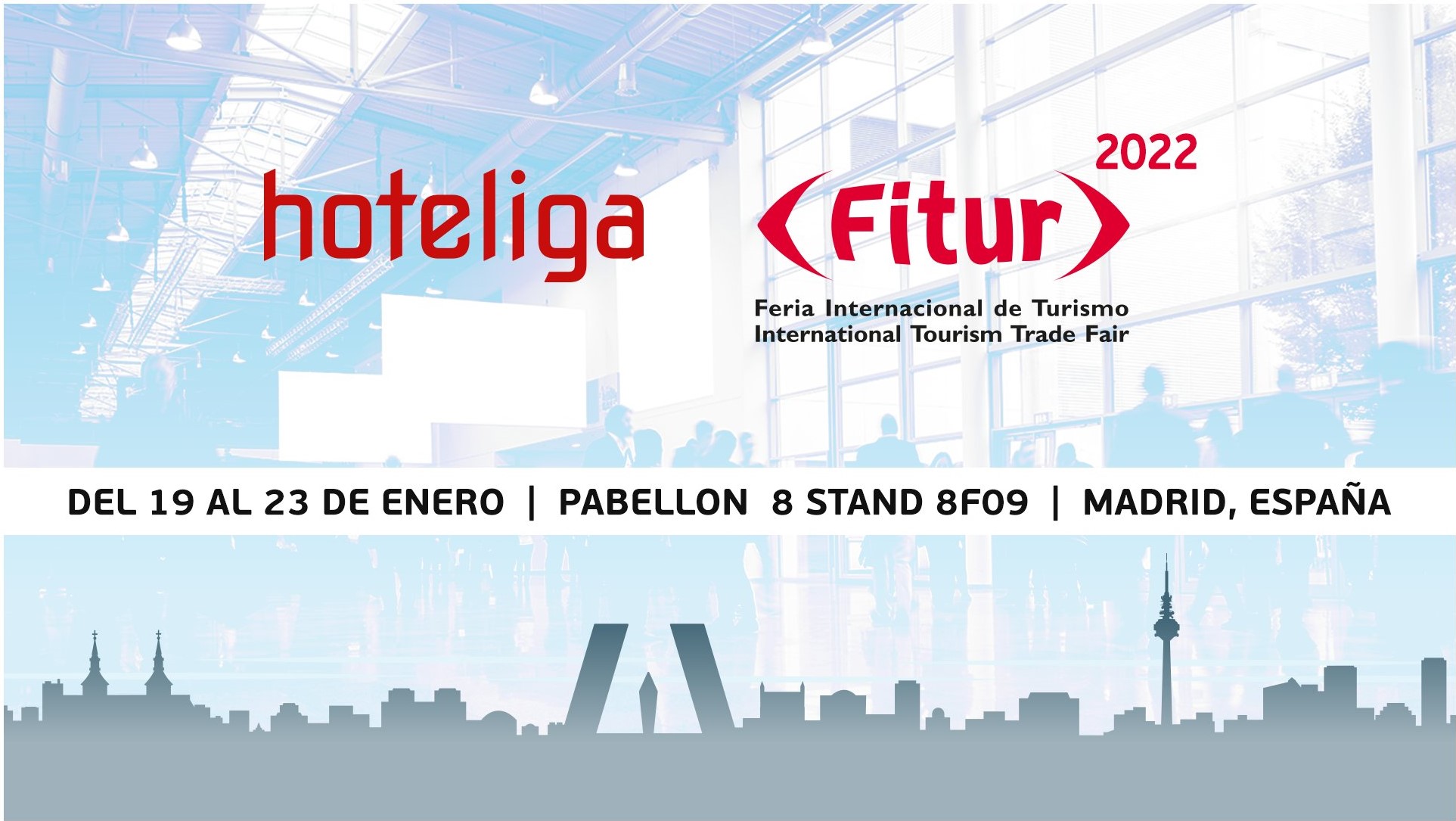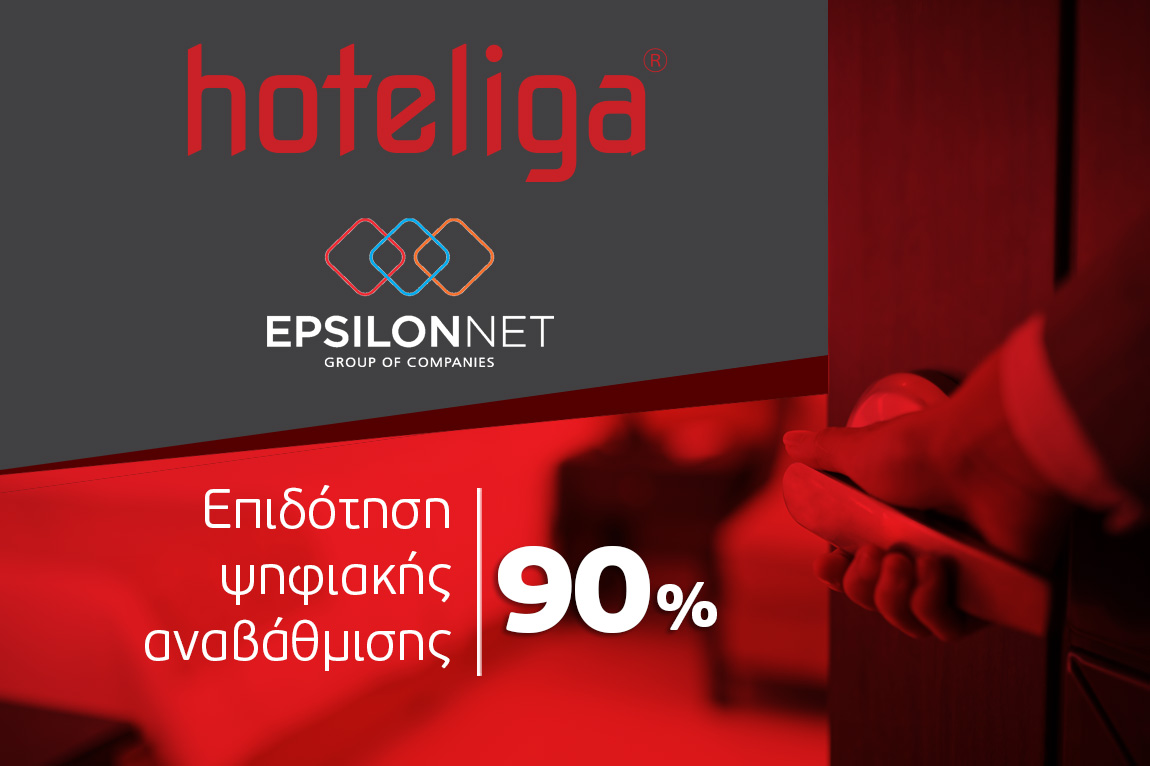
Making Your Hotel ADA Accessible & Other Ways to Be More Inclusive
Every hotel’s main goal is to create a welcoming environment for all guests , regardless of their age, gender or ethnic background. A successful hotel must also make its building fully accessible to guests with physical limitations. Standards set by the Americans With Disabilities Act (ADA) ensure that folks with disabilities can access these spaces comfortably.
1. Start With ADA-Compliant Upgrades
First and foremost, you need to implement the necessary ADA-compliant upgrades. Start with the exterior and work your way inside. All doorways must be at least 32 inches wide to accommodate people who use wheelchairs and crutches. The main entrances and exits must also automatically open.
These are the other must-have features to make your hotel accessible to people with disabilities:
- Curb cuts into the sidewalks
- Wheelchair ramps with grab bars
- Special signage for blind and deaf guests
- Elevators and escalators
- Non-slip flooring materials
- Indoor and outdoor maps
- Handicap-designated parking spaces closest to the entrance
According to the Americans With Disabilities Act, all commercial properties must provide at least onehandicap space for every 25 spaces. If your parking lot has limited options, you could also provide off-site parking and a transportation service for guests with disabilities.
Some states in the U.S. have stricter ADA standards than others. For example, California requires ramps to be at least 48 inches wide instead of the minimum 36 inches. Remember to research your state’s requirements before making any big changes to your hotel’s infrastructure.
2. Use Spacious Room Layouts
Moving around a cluttered room is difficult for people with disabilities. Hotels need to open up their room designs with spacious furniture layouts.
Investing in multipurpose furniture will allow you to adjust each room’s floor plan easily to accommodate guests with specific needs. The goal is to make routine tasks like cooking and using the bathroom straightforward. Another way to simplify furniture rearrangements is to buy lightweight chairs and tables guests can move around as they prefer.
The ADA recommends a “removal of barriers” approach that includes many interior upgrades to improve indoor handicap accessibility. These upgrades will have the greatest impact on your hotel’s guest experience:
- Grab bars for showers, bathtubs and toilet seats
- Roll-under sinks
- Roll-in showers
- Raised toilets
- Full-length mirrors
- Electrical outlets at waist height
- Shelves, cabinets and landline telephones with low heights
- Door buzzers and lights for blind and deaf guests
Remember to take pictures of these features and display them on your online room listings. If guests can see photographic evidence of your hotel’s accessibility, they may choose your establishment over your competitors.
3. Offer Extended Stay Amenities
Extended stays are becoming more common at hotels as people take longer family vacations. According to a 2022 survey of hotel guests, 47% of respondents said they were planning for a multigenerational trip in the next 12 months. That means you must prepare your hotel for larger groups and longer stays.
Here are some extended stay amenities you can offer to visiting families:
- Multi-bedroom suites
- In-suite kitchens
- Private balconies and patios
- Continental breakfasts
- TV streaming apps
- On-site laundry facilities
- Grocery delivery services
You should also offer discounted rates for multigenerational trips to incentivize larger groups to choose your hotel. If your hotel is a more cost-effective option than going to a motel or renting an AirBnB, the discounted rates will lead to greater profits in the long run.
4. Brighten up the Property
Visibility is an often overlooked aspect of a building’s accessibility. You need to brighten up the property and ensure guests with vision or walking disabilities can safely move around. Start by bringing more natural light into your hotel with design features like skylights and window walls. Sunlight not only improves visibility but also creates a warm and inviting atmosphere.
You can incorporate several types of light fixtures to brighten things up. Floodlights are great exterior light fixtures because they cover a large area and make parking lots safer. Bollard lights or pathway lights are designed to illuminate sidewalks and ramps. They operate at a low voltage, so you can leave them on all night with minimal energy costs.
5. Allow Service Dogs
Dogs and hotels usually don’t get along, but you should make an exception for service dogs. Service dogs are essential for the physical and mental well-being of their guardians. Some guests might want to bring other service animals, but the ADA only recognizes dogs , so you don’t have to allow other animals if you don’t want to.
Allowing service dogs will help your hotel accommodate people with unpredictable medical conditions, mental disabilities, allergies and many other problems. According to a collection of surveys, a minimum of 500,000 people use service dogs in the United States. You need to make these 500,000 people feel welcome if one of them decides to stay at your hotel.
6. Build a Diverse Workforce
Representation is a key part of creating an inclusive environment. Guests appreciate seeing employees from a wide range of backgrounds because they know your hotel welcomes all demographics. They may also feel more comfortable talking to a worker with similar life experiences.
A diverse workforce provides different insights and perspectives you might not have considered before. For example, a worker with a physical disability can help you identify small ADA compliance issues. A worker who follows the Jewish or Muslim faith will help you adjust your hotel’s schedule for major religious holidays. Greater diversity equals greater customer service.
7. Create a Welcoming Online Presence
Lastly, you can’t forget about your online presence. Your website and social media accounts must demonstrate the same inclusivity as the hotel itself. The most important thing is to make your online content easily digestible by chopping it up into digestible paragraphs and bullet points.













